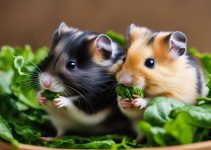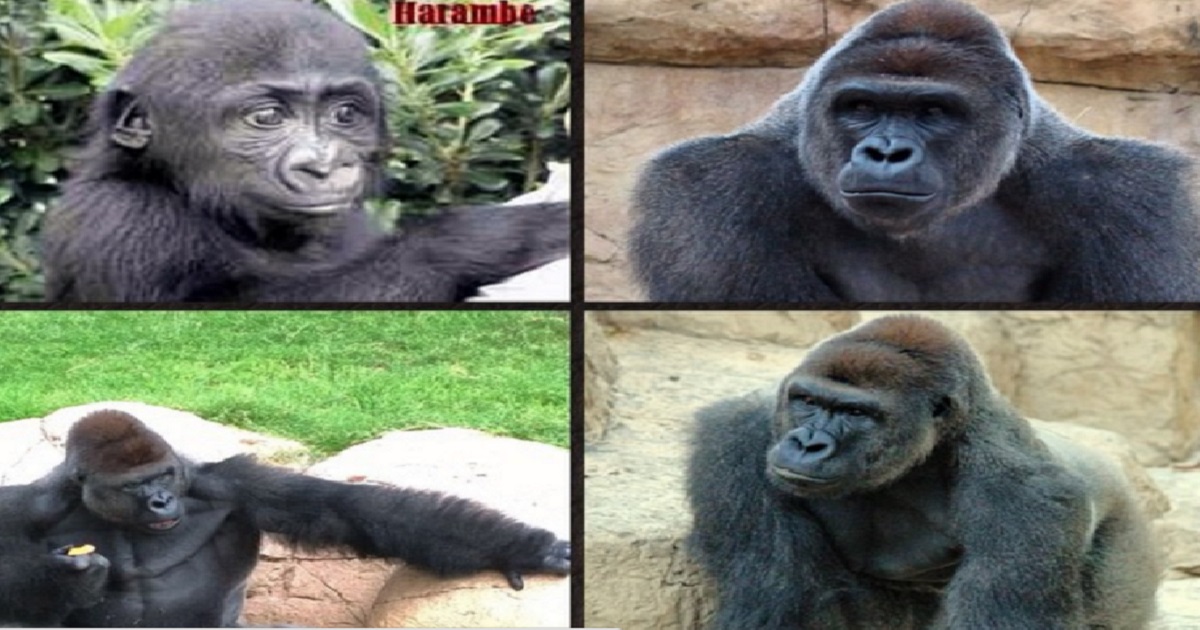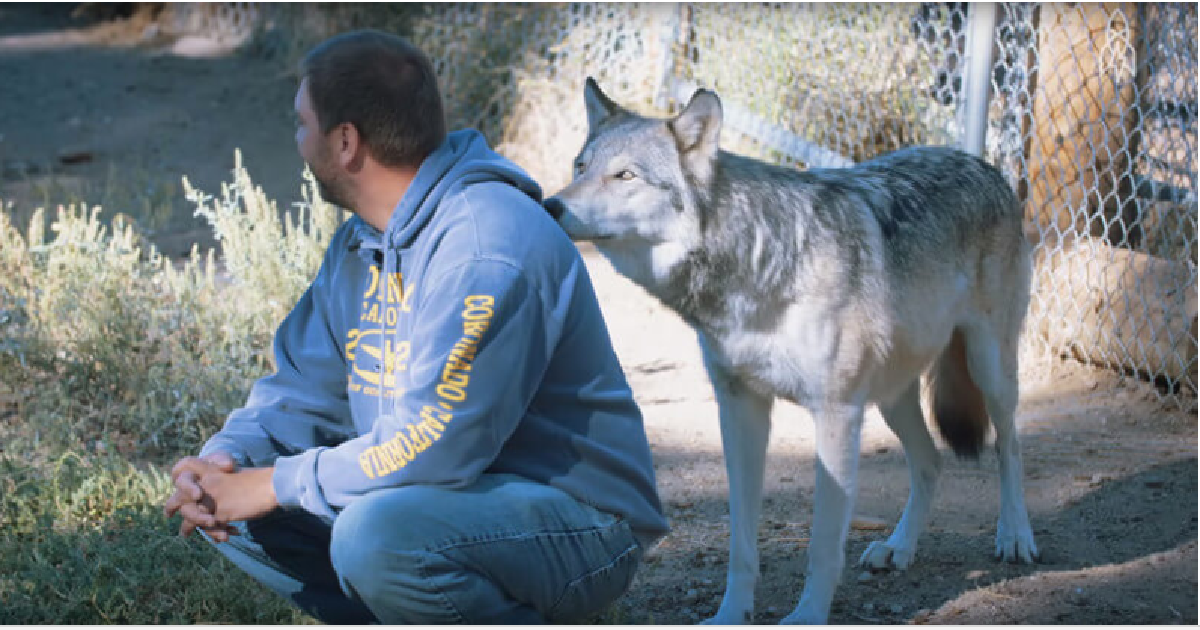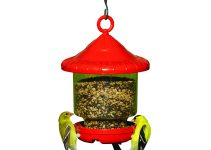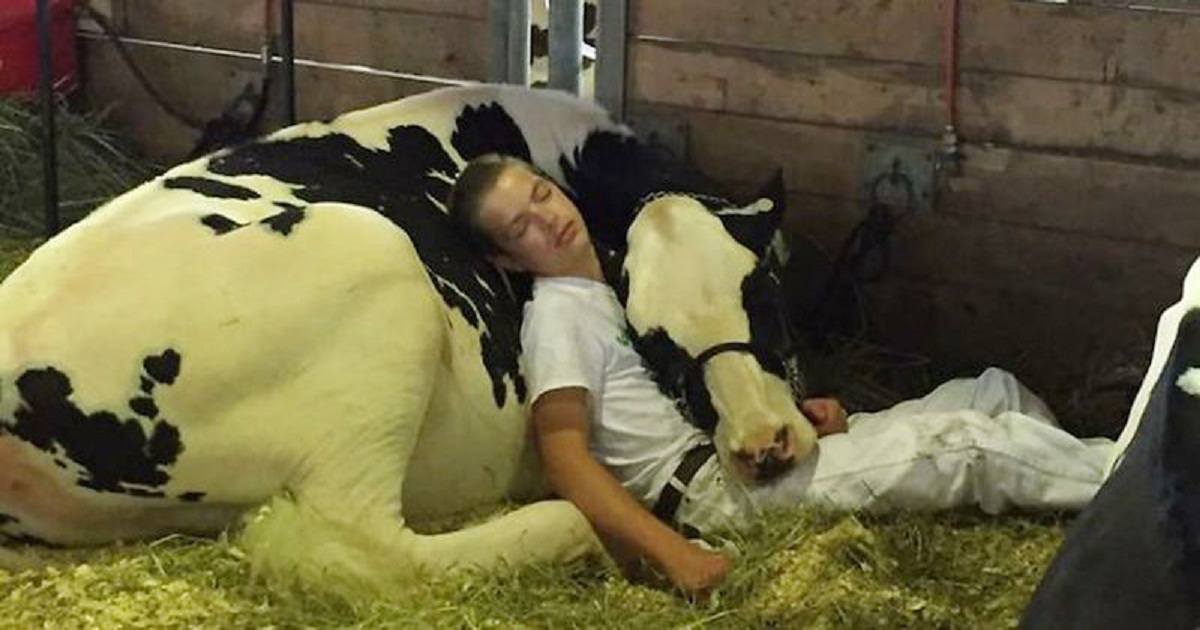Hi there! If you’re a duck enthusiast like me, you’ve probably wondered, “What do ducks eat?” Well, you’ve come to the right place! Ducks have a diverse and fascinating diet that varies based on their environment, season, and life cycle. Whether you’re interested in bird ecology or caring for domestic ducks, understanding what these splendid creatures eat is essential.
Most ducks are omnivores, meaning they eat both plants and animals. Their diet includes a mix of plants, insects, invertebrates, and small vertebrates. What ducks eat can vary depending on their species, habitat, and age. So, let’s dive in and uncover the secrets of a duck’s natural diet!
What Do Ducks Eat
- Ducks have a diverse and adaptable diet, eating a mix of plants, insects, invertebrates, and small vertebrates.
- The specific diet of ducks can vary depending on their species, habitat, and age.
- Understanding a duck’s natural diet is crucial for bird ecology and caring for domestic ducks.
- Feeding ducks a balanced diet that meets their nutritional needs is essential for their health and well-being.
- By providing the right food, we can create a harmonious coexistence with these fascinating creatures.
Natural Diet of Wild Ducks
Wild ducks have a diverse and flexible diet that is influenced by their natural habitat and availability of food sources. They are classified as omnivores and have the ability to consume a wide range of food items.
Plants form a significant part of the natural diet of wild ducks. They feed on various aquatic plants such as pondweeds, celery, grasses, and algae. These plants provide essential nutrients and serve as a source of energy for the ducks.
In addition to plants, wild ducks also consume invertebrates, making them an important part of their diet. Insects, mollusks, and crustaceans are among the invertebrates that ducks rely on for protein and other nutrients.
The diet of wild ducks is not limited to plants and invertebrates alone. They also consume small vertebrates such as fish and amphibians. These prey items offer a supplementary source of protein and contribute to the ducks’ overall nutrition.
Seeds from various grasses and agricultural grains also make up a portion of the diet of wild ducks. They forage for these seeds as they provide additional energy and nutrition.
The specific composition of a wild duck’s diet can vary depending on the species. Northern Pintails, Mallard Ducks, Wood Ducks, American Wigeon Ducks, Mandarin Ducks, and Harlequin Ducks are just a few examples of different duck species with unique dietary preferences.
Understanding the natural diet of wild ducks is crucial for their conservation and management. By preserving their natural habitats and ensuring the availability of diverse food sources, we can support the health and well-being of these remarkable waterfowl.
What Do Dabbling Ducks Eat?
Dabbling ducks, such as mallards, pintails, wigeons, and teals, have a fascinating feeding behavior. They float on the water’s surface and use their unique technique of tipping their heads underwater to feed. This behavior allows them to consume a diverse range of food sources found in their wetland habitats.
When it comes to their diet, dabbling ducks are not picky eaters. They take advantage of the abundant resources available to them, including:
- Aquatic plants: Dabbling ducks feed on a variety of aquatic plants, such as pondweeds, cattails, and water lilies. These plants provide essential nutrients and minerals.
- Aquatic invertebrates: They also enjoy feasting on aquatic invertebrates like insects, gastropods (snails and slugs), and other small invertebrates. These invertebrates offer a good source of protein.
- Seeds: Seeds from various plant species are a part of the dabbling ducks’ diet. They consume seeds of aquatic plants, grasses, and even agricultural crops.
- Aquatic insects: Dabbling ducks relish the opportunity to snack on aquatic insects, including beetles, dragonflies, and mosquitoes. These tiny creatures provide a significant protein boost.
- Tadpoles: In addition, dabbling ducks will occasionally devour tadpoles, contributing to their varied diet.
With their distinctive feeding behavior of tipping tail-up to strain food from the water column and sediments, dabbling ducks ensure they can access the abundant food sources present in their wetland habitats. Their diet of aquatic plants, aquatic invertebrates, seeds, aquatic insects, gastropods, and tadpoles, allows them to thrive and adapt to different environments.
What Do Diving Ducks Eat?
Diving ducks, such as canvasbacks, scaups, mergansers, and ruddies, have a unique feeding behavior that sets them apart from other duck species. These ducks fully submerge themselves underwater to catch their food. As they dive deep, they have adapted to have a specialized diet that allows them to thrive on underwater carnivorous food sources.
Primary Food Sources
The diet of diving ducks consists of a variety of aquatic organisms. They primarily feed on:
- Aquatic Plants: Diving ducks consume a significant amount of aquatic plants, utilizing their strong beaks to uproot and devour them.
- Mollusks: These ducks feed on mollusks such as clams, snails, and mussels, which they forage from underwater substrates.
- Crustaceans: Diving ducks also rely on crustaceans, including crayfish and small crabs, as a source of food.
- Insects: They capture and consume various underwater insects, such as diving beetles and their larvae.
- Fish: Diving ducks are adept at catching small fish, which contribute to their protein intake.
- Amphibians: They also feed on frogs, tadpoles, and other aquatic amphibians found in their habitat.
This specialized diet enables diving ducks to extract the necessary nutrients from their underwater environment. By consuming a diverse range of organisms, they can fulfill their nutritional requirements and maintain a healthy lifestyle.
What Do Sea Ducks Eat?
Sea ducks are fascinating marine birds that inhabit coastal habitats and are known for their diving capabilities. These ducks have specialized adaptations that allow them to thrive in the unique ecology of northern marine waters. When it comes to their diet, sea ducks have a wide range of food sources.
Sea ducks feed by diving to depths and foraging along rocky shorelines, intertidal zones, and shallow bays. They have a diverse diet that includes a variety of marine organisms.
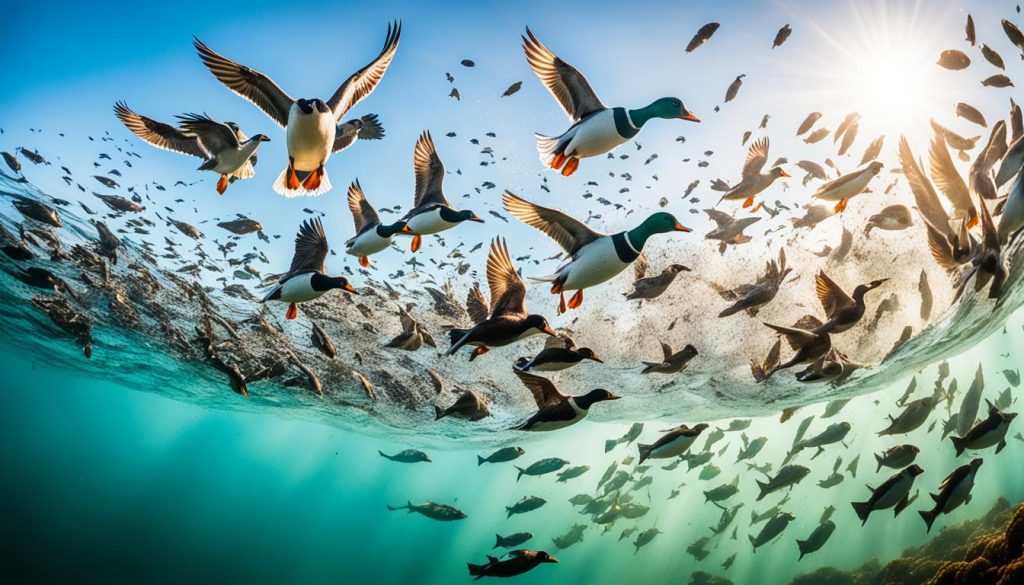
- Sea ducks consume mollusks such as clams, mussels, and snails. These shelled creatures provide a rich source of nutrients for the ducks.
- Crustaceans like crabs and shrimp are also part of the sea ducks’ diet. These small marine invertebrates offer a protein-packed meal.
- In addition to mollusks and crustaceans, sea ducks feed on a variety of fish species. They dive underwater to catch fish and add them to their diet.
- The diet of sea ducks also includes aquatic plants found in marine habitats. These plants provide essential nutrients and serve as a supplementary food source for the ducks.
- Plankton forms another important component of the diet of sea ducks. They consume various types of plankton, including microscopic plants (phytoplankton) and animals (zooplankton).
Sea ducks have evolved to take advantage of the abundance of marine life in their habitat. Their ability to dive and their specialized adaptations enable them to find and consume a wide range of food sources.
What Do Stiff-tailed Ducks Eat?
Stiff-tailed ducks, such as ruddy ducks, have a diverse diet that allows them to thrive in their freshwater habitats. These ducks can be found diving and dabbling in shallow ponds and marshes. Their diet includes a variety of aquatic plants, insects, mollusks, crustaceans, and seeds.
Stiff-tailed ducks forage in a manner similar to diving ducks, using their unique adaptations for inland waterway habitats. They are adept at diving underwater to feed on aquatic plants such as pondweeds and algae. These plants provide them with essential nutrients and serve as a primary food source.
In addition to aquatic plants, stiff-tailed ducks also consume insects, mollusks, and crustaceans. They feed on a variety of small invertebrates that can be found in their freshwater environments. These include insects like dragonflies and beetles, as well as mollusks like snails and clams. Crustaceans, such as small crayfish, are also part of their diet.
Furthermore, seeds play a role in the diet of stiff-tailed ducks. They have been observed feeding on the seeds of grasses and other aquatic plants that grow near the water’s edge. These seeds provide a source of energy and nutrients for these ducks.
Overall, stiff-tailed ducks have a diverse and adaptable diet that allows them to obtain the necessary resources from their freshwater habitats. Their consumption of aquatic plants, insects, mollusks, crustaceans, and seeds ensures their survival and well-being in these environments.
What Do Goose-like Ducks Eat?
When it comes to goose-like ducks, such as shoveler ducks and shelducks, their feeding habits are quite fascinating. These ducks have adapted to graze on both land and water, exhibiting characteristics similar to geese. Let’s take a closer look at what these goose-like ducks consume as part of their dietary preferences.
Grazing on Land and Water
Goose-like ducks have a diverse diet that includes a variety of food sources found in both aquatic and terrestrial environments. They are known to feed on:
- Aquatic plants: These ducks consume a range of aquatic plants, utilizing their specialized bills to filter and graze on vegetation.
- Seeds: Seeds from a variety of plants form an important part of their diet, providing the necessary nutrients and energy.
- Insects: Goose-like ducks feed on insects, utilizing their foraging skills to capture small insects that are abundant in their surroundings.
- Crustaceans: These ducks also eat crustaceans, such as small shrimp or crabs, which are an excellent source of protein and other essential nutrients.
- Algae: Algae, a crucial component of many aquatic environments, is also consumed by goose-like ducks as part of their diet.
By incorporating a diverse range of food sources, goose-like ducks are able to meet their nutritional requirements and thrive in their natural habitats. Whether they are grazing on land or foraging in the water, these ducks have unique adaptations that allow them to successfully obtain their food.
With their ability to graze on land and seek nourishment from aquatic environments, goose-like ducks have truly adapted to their surroundings in a remarkable way. Their dietary preferences, which include aquatic plants, seeds, insects, crustaceans, and algae, contribute to their overall health and survival.
What Do Perching Ducks Eat?
Perching ducks, such as wood ducks and mandarin ducks, have adapted to a unique lifestyle of living near water and perching in trees. Their diverse habitat usage is reflected in their dietary preferences, which include a variety of aquatic plants, insects, mollusks, crustaceans, and seeds.
Living near water allows perching ducks to forage both in the water and on land, giving them access to a wide range of food sources. Aquatic plants, such as pondweeds and water celery, provide essential nutrition and fiber for these ducks. Insects, including beetles and dragonflies, are another important part of their diet, offering protein-rich sustenance.
Perching ducks also consume mollusks and crustaceans, such as snails and crayfish, which are found in aquatic habitats. These small invertebrates provide valuable nutrients. Additionally, seeds from various sources, including grasses, flowers, and agricultural crops, make up a significant part of their diet, offering a source of energy.
For perching ducks, living in close proximity to water enables them to enjoy a diverse and balanced diet, combining the benefits of both aquatic and terrestrial food sources. This adaptability allows them to thrive in their natural habitats and contribute to the overall ecosystem.
Nutritional Requirements for Ducks
Ducks, like any living creatures, have specific nutritional requirements to ensure their optimal health and growth. Providing a balanced and nutritious diet is crucial for their overall well-being. Let’s dive deeper into the nutritional needs of ducks and understand why each component is important.
1. Protein
Protein is an essential macronutrient that plays a crucial role in the growth and development of ducks. It is responsible for building and repairing tissues, producing enzymes and hormones, and supporting immune function. Ducks require an adequate amount of protein in their diet to thrive.
2. Calcium
Calcium is a vital mineral for ducks as it is necessary for healthy bone development and eggshell formation. Ducks that do not have enough calcium in their diet may suffer from weak bones, poor egg quality, and reproductive issues. Including calcium-rich foods in their diet is important to meet this requirement.
3. Fiber
Fiber is an important component of a duck’s diet as it aids in digestion and ensures optimal gut health. It promotes regular bowel movements and helps prevent digestive disorders. Ducks obtain fiber from consuming plant-based foods, such as aquatic vegetation and seeds.
4. Fats
Fats serve as a concentrated source of energy for ducks. They provide the necessary calories to fuel their activities, maintain body temperature, and promote overall vitality. Including healthy sources of fats in their diet, such as aquatic insects and invertebrates, ensures their energy needs are met.
5. Vitamins and Minerals
In addition to the macronutrients mentioned above, ducks also require a variety of vitamins and minerals for their overall health and well-being. These include vitamins A, B, D, E, and K, as well as minerals like iron, zinc, and selenium. A varied diet that includes a range of foods will help fulfill their vitamin and mineral requirements.
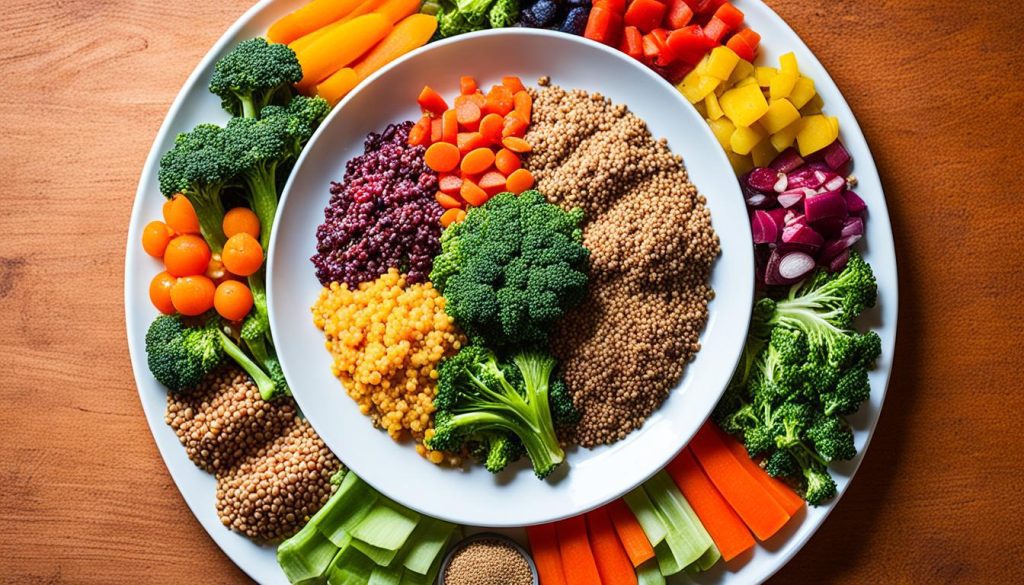
Ensuring ducks receive the proper nutritional balance is essential for their overall health and longevity. By incorporating foods rich in protein, calcium, fiber, fats, vitamins, and minerals into their diet, we can provide them with the necessary nutrients they need to thrive.
Feeding Ducks in Captivity
When it comes to feeding ducks in captivity, it’s important to provide a diverse and balanced diet to ensure their health and well-being. Domestic ducks have specific dietary needs that differ from their wild counterparts. Here are some key elements to consider when feeding ducks in captivity:
1. Commercial Duck Feed
One of the main components of a domestic duck’s diet is commercial duck feed. These specially formulated pellets are designed to provide the necessary nutrients, vitamins, and minerals that ducks need for optimal growth and development. Commercial duck feed is available in different varieties and can be easily sourced from pet stores or agricultural supply centers.
2. Fruits and Vegetables
In addition to commercial duck feed, incorporating fruits and vegetables into their diet offers variety and additional nutrients. Ducks enjoy a wide range of fruits like berries, melons, and grapes. Leafy greens, such as spinach and lettuce, are also excellent options. Remember to cut larger pieces into manageable sizes to prevent choking hazards.
3. Insect and Aquatic Treats
Providing insect and aquatic treats for ducks can help simulate their natural foraging behavior. Ducks relish treats like mealworms, crickets, and small aquatic creatures. These treats can be offered in moderation as a special addition to their diet, promoting mental stimulation and satisfying their natural instincts.
4. Grit
Another essential component of a duck’s diet is grit. Ducks do not have teeth and use grit to help break down food in their gizzard. Grit aids in digestion by grinding food and improving nutrient absorption. Commercial grit specifically designed for poultry is readily available and should be offered to ducks on a regular basis.
By combining commercial duck feed, fruits and vegetables, insect and aquatic treats, and grit, you can provide a well-rounded diet that meets the nutritional needs of ducks in captivity. Remember to always provide fresh water for drinking and bathing.
Incorporating these dietary considerations into your feeding routine will help ensure the health and happiness of your captive ducks.
Factors Influencing Duck Diet
Several factors play a vital role in determining the diet of ducks. These factors include seasonal changes, geographic location, age and development, habitat, and species. Ducks are highly adaptable birds and adjust their diet to the availability of food sources throughout the year and their specific geographic locations.
Seasonal changes greatly influence the types of food available to ducks. During the breeding season, ducks require a diet rich in protein to support their growth and reproduction. In contrast, during winter months, when food sources are scarce, ducks may rely more on plant foods, seeds, and grains. This ability to adapt their diet ensures their survival in varying conditions.
The geographic location of ducks also plays a significant role in their diet. Different habitats offer varied food options, including different types of plants, invertebrates, and small vertebrates. For example, ducks living in wetland areas may have access to a wide range of aquatic plants and invertebrates, while ducks in coastal regions may have a diet primarily composed of fish, mollusks, and crustaceans.
Age and development are important factors that influence duck diet. The diet of younger ducks, such as ducklings, may differ from that of adult ducks. Ducklings often have a diet consisting mainly of small invertebrates and insects, while adult ducks have a wider range of food choices.
The specific habitat in which ducks reside also affects their diet. Different habitats offer different food sources, such as freshwater ponds, marshes, rivers, or saltwater environments. Ducks have adapted to feed on the available food sources in their respective habitats, ranging from aquatic plants and insects to mollusks and crustaceans.
Furthermore, each duck species has its own dietary preferences and requirements. While there are commonalities in the diets of different duck species, there are also specific food preferences that vary between species. For example, some species may have a particular affinity for certain types of plants or insects.
Understanding these factors that influence duck diet is crucial for bird enthusiasts and those caring for domestic ducks. By knowing the various elements that shape their diet, we can better appreciate their adaptability and contribute to their well-being and conservation.
Responsible Duck Feeding Tips
When it comes to feeding ducks, it’s important to adopt responsible feeding practices that promote their health and well-being. Here are some tips to keep in mind:
- Opt for Commercial Duck Pellets: Commercial duck pellets are specially formulated to provide ducks with a balanced diet. They contain essential nutrients that keep ducks healthy and thriving.
- Avoid Bread: While it may be tempting to feed ducks bread, it should be avoided. Bread lacks the necessary nutrients for ducks and can lead to health issues.
- Provide Fresh Water: Ducks need access to fresh and clean water for drinking and bathing. Make sure to provide a shallow water source that ducks can easily access.
- Say No to High-Sodium and Processed Foods: Ducks are not adapted to handle high-sodium or heavily processed foods. These types of food can be harmful to their health, so it’s best to avoid them.
- Fun Facts about Duck Diets: Enhance your understanding and appreciation of ducks by learning fun facts about their diets. Did you know that ducks have a unique adaptation called a “lamellae” that helps them filter food from water?
By following these responsible duck feeding tips, you can ensure that you’re providing ducks with a healthy diet that meets their nutritional needs. Remember, a well-fed duck is a happy duck!
Conclusion
Ducks are fascinating creatures with a diverse and adaptable diet. Understanding what ducks eat is crucial for bird enthusiasts and caretakers alike. These omnivorous birds consume a mix of plants, insects, invertebrates, and small vertebrates, depending on their natural habitat, season, and life stage.
By providing a balanced diet and meeting their nutritional needs, we can ensure the health and well-being of ducks. This includes offering commercial duck pellets, which offer essential nutrients, as well as incorporating fruits, vegetables, and insect treats for variety. Additionally, it’s important to avoid feeding ducks bread, as it lacks the necessary nutrients and can be harmful to their health.
Creating a harmonious coexistence with ducks involves not only nourishing them but also respecting their natural feeding habits. Ducks play a vital role in bird ecology, and by understanding their dietary preferences, we can contribute to their conservation and preserve the delicate balance of our ecosystems.

